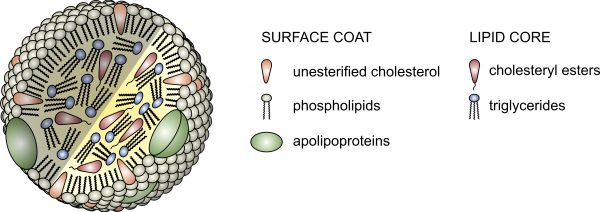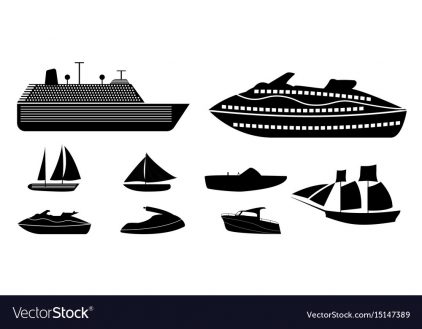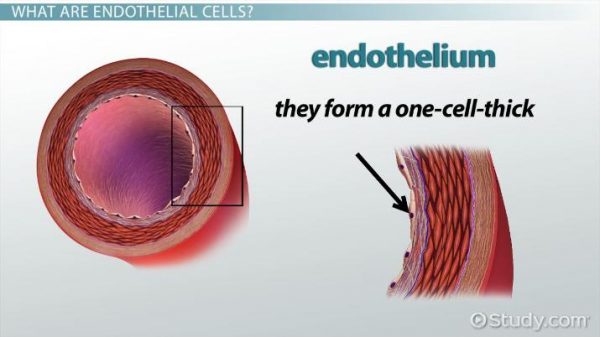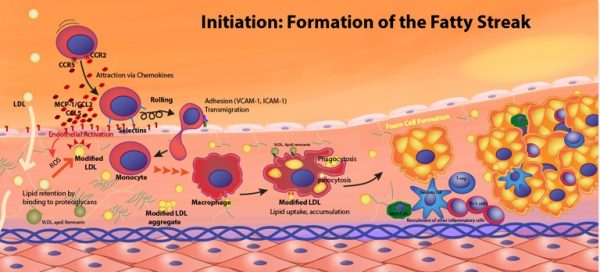We all have heard that having high cholesterol is bad – but why?
It’s because having high cholesterol leads to heart attacks, but do you know why?
It’s because cholesterol is the plaque that clogs the arteries in your heart, right?
And how does one get high cholesterol (barring genetics)? It’s because of the foods we eat, that contain high cholesterol, right?
All these point and more will be addressed in this blog but in order for this piece of reading to be convincing in any intellectual way, we have to dive into that rabbit hole and understand a bit about the physiology of lipidology!
Hopefully, with this understanding, we can then make better decisions in our daily diets to help prevent atherosclerosis (plaque forming in the arteries) which causes stroke (blockage in the brain), and heart disease (blockage in the heart) which is the number one and two leading causes of death in China since 2017!
To avoid heart disease and stroke, we first have to understand what causes it. How does plaque form around the walls of an artery in the first place?
It is a common misconception that the plaque that forms on the arterial walls is cholesterol itself and therefore, cholesterol is a bad substance to have in the body. And by cutting out foods high in cholesterol like eggs, bacon, seafood and other foods high in saturated fats, you reduce the risk of getting atherosclerosis.
If you read my fat blog series, then you already know the Lipid Hypothesis (the above misconception) is suspect. There is no evidence that shows saturated fats cause heart disease.
But what about cholesterol? What is plaque and atherosclerosis if not cholesterol?
Yes, cholesterol is still a lipid (fatty acid) and like all lipids in the body, they have to be transported in the blood via a special protein particle called the lipoprotein. If lipids didn’t have lipoproteins to carry them around the body, they wouldn’t be able to get anywhere because fats cannot be dissolved in water. Imagine that you have a long tube and you poured oil down through it. Then, try to rinse it clean with water. The oil sticks to sides of the tube and can’t be rinsed out.
Lipoproteins are boats for fats. Your body has many types of boats, all carrying varying amounts of triglycerides, and cholesterol (both are types of fats):
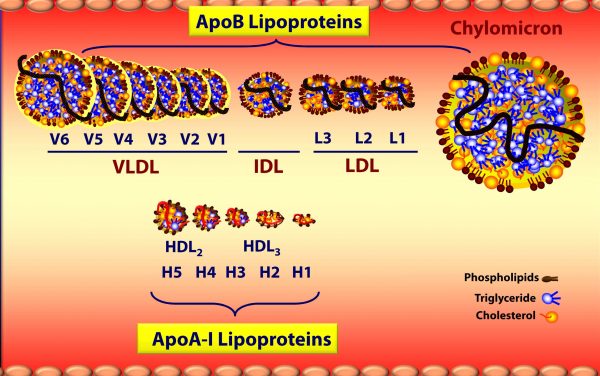
Figure 3. These lipoproteins all the different types of boats in your body to transport fats. https://peterattiamd.com/the-straight-dope-on-cholesterol-part-ii/
Getting a bit deeper into the weeds, you’ll see in Figure 1, there are two forms of cholesterol (unesterified and esterified). This is an important point because most of the foods we eat is in the form of cholesterol esters. This is an inactive form of cholesterol and competes for absorption with unesterified cholesterol. When you eat foods with cholesterol esters, your gut does not have the ability to absorb them so they end up in your stool to be excreted out the next time you use the toilet.
However, your body does have the ability to absorb unesterified cholesterol but the majority of unesterified cholesterol is actually created by your own body. That’s right, your body actually creates over 75% of all your blood cholesterol because cholesterol is not only not bad for you, but it is in fact essential for life. If you didn’t have cholesterol in your body, you would be dead.
You need cholesterol to synthesize hormones, vitamins, bile acids and most importantly, to maintain the integrity of all your cells’ membranes (what goes in and out of your cells). Therefore, all the cells in your body can actually create its own cholesterol!
It is for this reason that the Canadian Guidelines took off the warning of eating too much cholesterol, and the rest of the world needs to follow suit.
Now that we are clear about what cholesterol is and how it is not a threat to your health, what is the real culprit that causes atherosclerosis? Why do the doctors always check your cholesterol levels?
The answer is the boats.
Although, atherosclerosis, by definition is inflammation of a sterol (cholesterol) in an artery wall (endothelium), it only got to be stuck in the artery wall because of the boats that took it there. So the real issue on reducing atherosclerosis is not how to reduce cholesterol, but how to reduce the lipoproteins from entering the artery walls.
In Figure 5., you can see the whole formation of atherosclerosis begins when an LDL particle enters through the artery cell wall. This kicks off a long chain reaction of unintended consequences caused by your immune system that results in a vicious cycle of inflammation.
Without going into the details of that inflammation cycle, let’s just focus on what we can do to lower the chances of having LDL particles entering the artery cell walls.
Remember, that LDL are boats for triglycerides and cholesterol (Figure 3 above).
What does LDL even mean? It’s an acronym for low-density lipoprotein and it’s commonly referred to as the ‘bad cholesterol’ (misnomer). HDL, on the other hand, is short for high-density lipoprotein. The density in which they are called is referring to the amount of fat to protein ratio. In other words, the more fat in the lipoprotein particle, the less dense it is. Therefore, referring back to Figure 3, you have the HDL, then you have the LDL which has more fat (in the form of triglycerides) in them, and then you have the VLDL which contains even more fat (hence the large size of the particles).
Why am I putting you through this painful journey of defining lipoprotein types? Well, because in a previous blog, I explained how VLDLs are created. Your liver creates VLDLs in order to deal with the excess triglycerides production. And triglycerides are produced in your liver when you eat too much… you guessed it – SUGAR!
The biggest factor that causes risk of atherosclerosis to go up is not so much the amount of cholesterol in your lipoproteins; it’s not even the type of lipoprotein. It’s how many lipoproteins (LDLs specifically) you have floating around in your bloodstream. The more you have flowing down your veins and arteries, the more chance they will collide and enter your arterial walls. So in the end, it’s a numbers game. Reduce the number of LDLs and you reduce the chances that the event will occur. And this is a time-elapsed, accumulated concept that you need to understand. So minimizing the amount of LDLs in your bloodstream now, and going forward, should be your main goal if you want to reduce the chances of getting atherosclerosis.
So we’ve finally come full circle and we have an (oversimplified) explanation for how your dietary habits can, in fact, cause heart disease; except, it’s not because of what you initially thought (cholesterol is innocent).
Having said that, there are some people who produce large amounts of LDLs when eating saturated fats, but they are not the majority. And this is why it’s always important to get your blood lipid numbers checked on a regular basis and to review them with a medical doctor. I get mine done every year and the year I discovered this bit of wisdom and switched from eating a high carbohydrate diet to a high fat (and cholesterol) diet, my lipid profile improved.
So do your annual physical checks and request to test for the number of LDL particles (Apolipoprotein B-100 test)! It may just save your life!
Disclaimer:
This blog is for informational purposes only, and to encourage you to do your own independent research instead of just listening to your friends for nutritional advice or even worse, the media!
I’ve spent hours and days reading, listening, and watching anything related to this topic but the one doctor that I’ve found to be the most thorough and impressive in his thought process is Dr. Peter Attia. He, even admits, has mentors who taught him all about this field, but he’s aggregated and synthesized the information to a level where I can then in turn summarize here.
Sources:
- https://bmcpublichealth.biomedcentral.com/articles/10.1186/s12889-019-7163-9#citeas
- https://www.thelancet.com/journals/lancet/article/PIIS0140-6736(19)30427-1/fulltext
- https://pubmed.ncbi.nlm.nih.gov/26109578/
- www.peterattiamd.com

